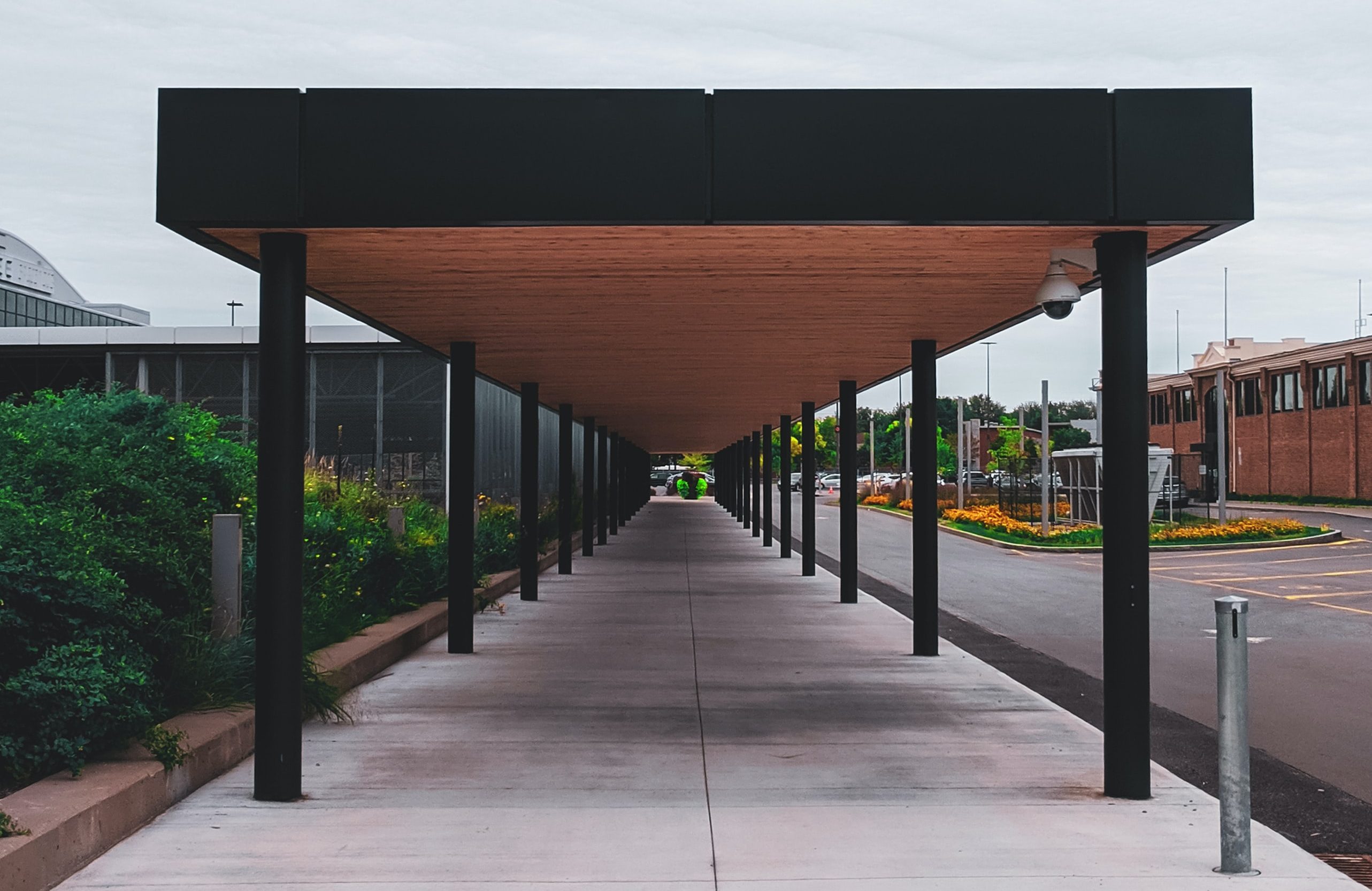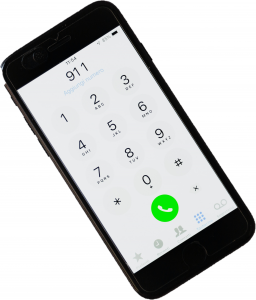Education Sector Dilemma – Video Surveillance Without a Budget

By: Jon Polly | Jun 04, 2021
The education sector has spent the last year racing to meet the demands of COVID. Many schools deployed thermal cameras only to find out that children would be schooling from home or from dorm rooms. According to an article by SecurityInformed.com, 82% of schools and colleges see a potential role for surveillance systems in supporting a safe return to face-to-face instruction. However, many schools and colleges have antiquated or unreliable closed-circuit television systems (CCTV systems). While most schools have transitioned to a video management system (VMS), this is not true for all. Those that have not made the transition are faced with a more costly replacement.
Video surveillance is often viewed as a nice-to-have, not as a necessity. Even as the education sector has faced mass casualty events, increasing cybersecurity concerns, and COVID, video surveillance has become one of the most neglected systems for many schools. COVID was the catalyst for many schools to upgrade their existing video surveillance systems. In a perfect world, the school may opt for the replacement of the existing video surveillance system, be it an analog CCTV system or an outdated VMS. However, most schools are finding that this is not a reality. It may be cost or time inhibitive as most schools look to have upgrades completed while children are not in school.
Advances in Technology
Due to the cost and time constraints, schools that are embracing the need to upgrade but may not be able to do a full “rip and replace” are reconfiguring existing video surveillance systems into hybrid systems that offer a roadmap for growth. Here are a few examples:
Video Management System – Depending on the VMS, or even with digital video recorders (DVRs), the school may have the ability to upgrade to a new VMS that provides the latest updates for both camera firmware and cybersecurity compliance. Most manufacturers help schools determine the best way to upgrade within a specific budget.
Video Surveillance as a Service (VSaaS) or Hybrid Approach – Many schools may already have some infrastructure but need to grow based on new concerns. The Video Surveillance as a Service (VSaaS) model may be a way for schools to grow their current camera system using Operational Expenses (OPEX) vs Capital Expenditure (CAPEX) funding. VSaaS can offer a cloud or hybrid model that uses existing infrastructure to reduce cost.
Converters – Depending on the type of system that a school has, a school may opt to upgrade camera technology gradually, versus all at once.
- If a school has an analog camera system, Internet Protocol (IP) decoders can decode an IP camera stream into an analog camera system. While this is highly unsuggested as the resolution will be significantly distorted, this can allow newer camera technologies to be used until the camera system can be upgraded.
- If a school has analog cameras and has decided to upgrade to an IP-based VMS platform, IP encoders can be used to convert analog camera signals to IP streams. As cameras break and need to be replaced, these units can be replaced with IP cameras.
- Cabling is a significant cost when upgrading a system. Category 6 cable has a limitation of 328’, as compared to a limitation of 700’ on the RG59 cable that analog cameras were installed on. An Ethernet over Coax transceiver is a media converter that transmits Power over Ethernet (PoE) power and data using existing RG59 cable, and it allows a new IP based camera to replace old analog cameras without replacing cable.
Multi-sensor Cameras – Many schools have Pan Tilt Zoom (PTZ) cameras or multiple fixed cameras that view the same area. Multi-sensor cameras allow for a single camera to have the view of three or four different cameras. Many of these cameras also offer corridor views, which provide a taller view versus a wider view, optimized for school hallways. Since these cameras only have one IP address, it requires only one camera license on a VMS. Multi-sensors are an inexpensive way to reconfigure a camera system for maximum views with minimal costs.
Advances in Training
Schools are requiring that security and public safety faculty and other staff be trained on the surveillance systems. Most camera and VMS manufacturers today offer online video surveillance courses through either a website or even YouTube. Many of these manufacturers also offer either online or in-person CCTV course certificates. Certification allows the school system to create their own service tickets with the manufacturer, many times resulting in a cost-savings in place of a time and materials service agreement. It is recommended that the school have an active Service Maintenance Agreement (SMA) with the security integrator. With an active SMA, many security integrators provide CCTV training courses or ad-hoc training to ensure proper use of the system.
Creating the Roadmap
The education sector will have to grow video surveillance as new threats arise. Today, there are many new technologies that can make video surveillance more proactive and allow it to work better for the school. As schools look to the future, these advances in video surveillance may be on their roadmap. For some in the education sector, they do not need to reconfigure their existing system, but need to add to it in an intelligent way. Here are a few ways these systems can grow:
Camera Analytics – These are Artificial Intelligence (AI) enabled cameras or appliances that learn behaviors over time and alert based on rule engines. Camera analytics provide a reactive sensor (camera) to become a proactive tool. Many VMS platforms support both their own camera analytics platforms as well as third party analytics platforms. There are specific education sector analytics that are designed to help schools respond faster to incidents.
IoT Sensors – Internet of Things (IoT) devices are everywhere. Even cameras are now considered to be an IoT Sensor. Specifically, education will look to use IoT sensors for smoking or vape detection, gunshot detection, and temperature sensing. IoT sensors can be utilized to alert on security incidents, but also to manage HVAC and other energy sources to help reduce costs when rooms are empty. By integrating IoT Sensors into the video surveillance system, the system can provide an accurate overall view of the campus.
Cybersecurity – Cybersecurity is a concern that every stakeholder, not just the IT department, in a school has to be concerned with. “Zoom-bombing” and ransomware attacks have increased during COVID, alerting us to the fact that proper cyber hygiene is needed by every school. As schools look at new technologies, they should require that all security manufacturers provide a cybersecurity certificate.
NDAA/TAA compliance – The National Defense Authorization Act (NDAA) and Trade Agreements Act (TAA) were signed into law for all federal government sites to prevent certain technologies with known vulnerabilities from being purchased. The education sector should evaluate all product manufacturers to determine if NDAA or TAA compliance is a requirement or suggested based on funding requirements. Many federal, state, and local grants now require NDAA/TAA compliance on all new technology being installed.
 Know the Law
Know the Law
Due to tragic events that have occurred on school campuses, both K-12 schools and higher education have specific laws that impact how video surveillance is deployed. Both K-12 and higher education mandate Title IX (Title 9), a gender equality federal civil rights law that has been implemented and may affect how cameras can be used. In addition, higher education that accepts federal money must comply with the Clery Act, a federal law requiring schools to disclose crime on the campus. After the 2007 mass shooting at Virginia Tech, the Clery Act was amended to require campuses to “develop a multi-modal emergency warning system to dispatch information as quickly as possible.” Due to these regulations, most schools have administrators who oversee compliance with these laws. It is the responsibility of all security consultants and security system integrators to work as trusted advisors with campus administrators to ensure video surveillance systems, as well as other security technologies, comply with these and other required school regulations.
Conclusion
Every school is different. From grade schools to colleges and from district to district, security needs are different. Funding for security upgrades may be easily acquired for some in the education sector, while others may face challenges. Schools that are faced with these and other challenges still have a responsibility to keep students and staff safe. By creating a security roadmap, unique to each educational institution, the roadmap can be implemented over time. When faced with adversity and the inability to upgrade all at once, schools must meet the challenge by reconfiguring existing systems into usable systems with potential for growth.

